When I talk to most people in the U.S. about Polish winged hussars, I’m met with blank looks. I get it. I’m sure my face was either totally blank or had that most intelligent “Huh?” expression etched on it when I first stumbled across them on the internet. How about you? Is this the first time you’ve heard of them?
I was researching 17th century weapons for a novel, when up popped a link I simply couldn’t resist: “Badass of the Week.” Catchy, huh? It sure caught my attention. Bored with the daggers or whatever the heck I was supposed to be learning about, I clicked on that sucker. Daggers and most everything else forgotten, the rest, as they say, is history. Literally.
Like Alice, I fell into a rabbit hole … which led to another … and another … until I was lost in a megalopolis of rabbit warrens. And so began my journey into the fascinating world of Polish winged hussars.
I’ve always loved stories of knights in shining armor, hurtling at breakneck speeds with long lances to hand, and winged hussars are all that (with some variations). When most western European knights were shedding plate armor, Polish knights were bucking the trend and incorporating it in their battle gear. This, among other details, intrigued me. What was their logic? More importantly, why had I and everyone I knew never heard of them? How was it these warriors could defeat armies ten times their size? What made them so fearsome and infallible?
And what was up with the fancy feathers, over-the-top trappings, and colorful clothes?
As much as I’d love to just jump right in and describe a heart-stopping, thunderous hussar cavalry charge or one of the many battles in which they overpowered a far greater force—because isn’t that the best part, after all?—I need to back up and, ahem, set the stage with a bit of history.
A Quick History of Poland
So let’s take a virtual time travel trip (say that three times) back to the Kingdom of Poland in the 16th century. We land and look around. What’s happening around us? We’ve been plopped dead center in a country known for cultural enlightenment, democracy, and religious freedom—which is a lucky thing, unless we happen to be freeborn peasants or vassals. More on that in a different post.
For now, assume we are part of the gentry—the szlachta. We are in Poland, aka the Crown, during what was dubbed its Golden Time. It has just joined with the Grand Duchy of Lithuania, and together they form an enormous conglomeration of ethnicities, religions, and territory. The two nations share a king and their parliaments—the Sejm—and though their armies are similarly structured, they are fielded separately.
This union, solidified in Lublin in 1569, was known as the Polish-Lithuanian Commonwealth, aka the Commonwealth of Both Nations, the Commonwealth, or simply Poland. The Commonwealth was one of the largest, most populated, and most powerful countries in all of modern Europe. To wrap your head around how much area this encompassed, check out the map below.
An advanced, behemoth of a country that practiced democracy, religious acceptance, and (some) equality for women. Sounds idyllic and fairly peaceful, no? Look a little deeper, and we discover the answer is a resounding no.
Polish Conflict and the First Polish Hussars
The Commonwealth was perpetually scuffling with its neighbors. Land grabs see-sawed back and forth, and borders shifted and changed as one country seized the territory of another only to give it up again. The Commonwealth’s land holdings were vast, which translated to miles and miles of borders needing defense. Muscovites threatened the eastern border. Sweden swept in from the north. Crimean Tatars raided across the southeastern edge, while the Ottoman Empire was expanding its territory northward in a bid to conquer all of Christendom—and Poland stood in its way.
Boil it all down, and the Commonwealth required a strong military presence in order to safeguard its possessions and people. However, Poland only fielded a small standing army, so when the need for a large force arose in the face of war, a general levy—pospolite ruszenie—was issued, and the King sent out letters of recruitment to the szlachta. And the szlachta answered the call, motivated by duty, love of country, and honor.
What does all this have to do with Polish winged hussars? I’m glad you asked. After the formation of the Commonwealth, as the Polish army evolved, so did the winged hussar.
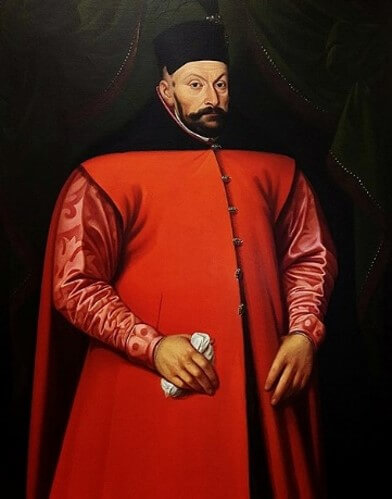
The hussar had been around in various iterations for a while. The first were unarmored Serbian light cavalry with shields, and their force soon grew to include Polish, Lithuanian and Hungarian recruits. Along the way, they became an amalgam of eastern and western influences. For instance, while Polish armies had been based on western Europe’s medieval knight—complete with cumbersome armor and heavy lance—Lithuania’s military borrowed from Byzantine, Russian and Mongol traditions. By the 1550s, companies were a mishmash—a mix of heavily-armored, western style lancers and the lighter hussar cavalrymen who sometimes sported western armor as they fought alongside the heavy lancers.
Enter Stefan Batory of the Hungarian noble house of Batory, ruler of Transylvania, who was elected the Commonwealth’s King in 1576. He took the two forces and blended them into one consistent “heavy” cavalry, abandoning the shield and taking up armor in its stead. King Stefan’s newly created heavy hussars were soon battle-tested and proved themselves a dominant force, and by the 1590s, the prototype was consistent throughout the Polish army.
The husaria, as they were also known, would become a fundamental component of the Commonwealth’s troops, developing into an elite group of armored cavalrymen, a jaw-dropping fighting force that would impact warfare for centuries to come. Exceptionally trained, the hussars were highly skilled shock troops. They were their own version of modern day special forces, and they were formidable.
So, Who Made up These Winged Hussars?
Polish husaria banners were formed in the traditional chivalric manner of medieval knights. The expense of raising such a soldier was enormous, so only noble sons became hussars. They began training as young boys on family estates, with fathers placing sons on horseback to teach them the fine art of horsemanship that would be so vital to their success. They also were taught to wield various weapons, such as sabers, bows, broadswords, lances, war hammers, pistols, and daggers. To be a hussar meant handling the unwieldy lance—the kopia—while controlling a mighty war horse, and they were coached by masters who were often retired hussars hired by their lord fathers.
Instruction wasn’t limited to the practice field. Amid drills and combat maneuvers, the young
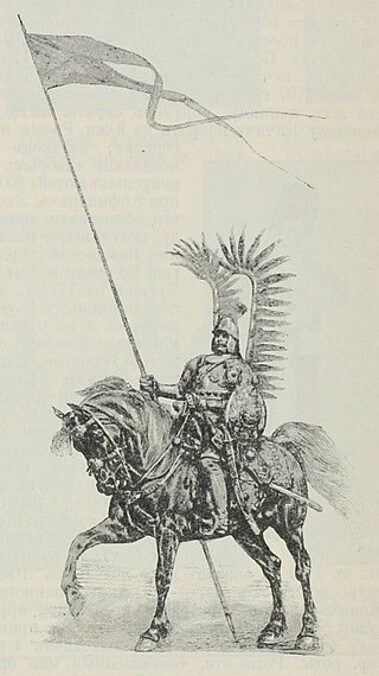 men learned subjects like mathematics and Latin, the language of the Polish noble class. Many were taught at a university and not just the family estate.
men learned subjects like mathematics and Latin, the language of the Polish noble class. Many were taught at a university and not just the family estate.
They were educated, came from wealth, and were highly skilled warriors revered for their prowess, their bravery, and their ferocity. Their presence often made the difference between triumph and defeat, and history has marked battle after battle where victory was achieved in spite of vastly lopsided odds against their forces.
A company was typically raised by a wealthy nobleman who acted as commander. Because these men had the wherewithal to cover the cost associated with such an undertaking, the Sejm didn’t have to scramble for funds at the start. Each hussar provided his own horses, weapons, and armor. In addition, he brought his camp servants, squires, and retainers. This group of support staff, the retinue—or poczet—numbered from one to seven or more men, in addition to the hussar they served. It was quite the production! Provisions for men, horses and camp were brought in wagons, which were also paid for by each hussar. The poczets were the building blocks of companies, which then united into regiments, or pułks. The winged hussar’s defining weapon, his kopia, was furnished by the King. It was the only article he did not pay for himself.
While the men did earn wages, their expenses often outstripped their pay, yet they were said to have had one of the highest morales among Commonwealth troops.
The Armor and Strategy of the Winged Hussars
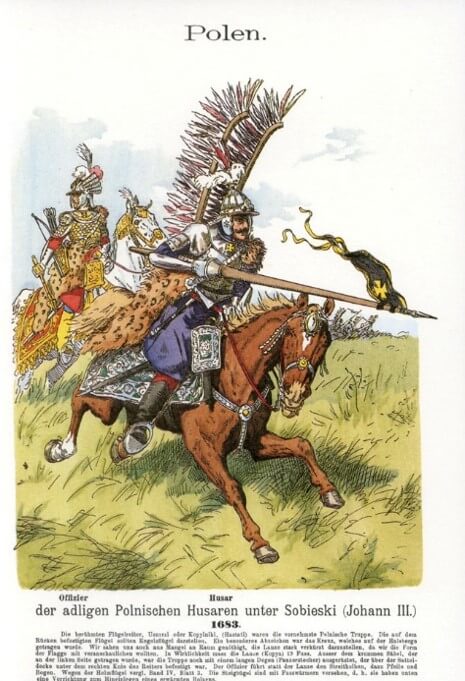 In preparation for battle, hussars outfitted themselves in dazzling fashion. The more lavish, the better. They were the dandies of the battlefield and enjoyed flaunting their riches. Typically, they wore short coats, known as żupans, in brilliant crimson beneath brass or gold-embellished, steel armor. Leather boots in yellow or red were common, as were a variety of silk-lined animal pelts worn like capes. Helmets were often adorned with feathers and gems. And then there were the wings, curved frames to which eagle and various bird feathers were attached. These were sometimes worn on the backs of their saddles or the backplates of their armor so they appeared to have sprouted wings.
In preparation for battle, hussars outfitted themselves in dazzling fashion. The more lavish, the better. They were the dandies of the battlefield and enjoyed flaunting their riches. Typically, they wore short coats, known as żupans, in brilliant crimson beneath brass or gold-embellished, steel armor. Leather boots in yellow or red were common, as were a variety of silk-lined animal pelts worn like capes. Helmets were often adorned with feathers and gems. And then there were the wings, curved frames to which eagle and various bird feathers were attached. These were sometimes worn on the backs of their saddles or the backplates of their armor so they appeared to have sprouted wings.
The hussars’ war horses, specially bred Polish-Arabians, were their greatest—and costliest—asset and were often decked out in sumptuous trappings that mirrored their owners’ raiment. The magnificence of the hussars’ accoutrements bespoke their wealth, and they took great pride in their appearance on the battlefield.
Okay. So they had fashion sense and looked awesome. But what did they do in battle? Their main purpose was to smash through the enemy’s defensive line and create space for the infantry. They did this by charging with the kopia, which ranged from thirteen to twenty feet in length and could outreach enemy pikes. The winged hussars came in waves at their foes, the front row riding knee-to-knee while leveling their steel-tipped kopias at their enemies’ navels. They barreled into their opponents with such speed and force that more than one adversary could wind up impaled on a single lance. Once a hussar broke his lance—usually on the first impact—he fell back to seize a fresh one and charge again, or he took up his saber and continued the attack.
Their tactics were highly effective on open ground, as documented in reports that survive today. Narratives recount the decimation of an enemy’s front line after sustaining only one or two of the hussars’ impressive charges. The sight of a wall of armored cavalrymen clad in animal pelts riding at an enemy full out with leveled lances was terrifying and spectacular. Whether the wings added to the adverse psychological effect has been greatly debated, but certainly they didn’t lessen the intimidating visual impact and no doubt enhanced its magnificence. They are now the stuff of legends.
The Battle of Kłuszyn
In one of their most extraordinary victories, the Battle of Kłuszyn, Muscovy, on July 4, 1610, a force of roughly 6,500 (1,000 infantrymen and 5,500 winged hussars) equipped with only two guns took on—and defeated—35,000 combined Muscovites and foreign troops in a conflict that lasted five hours. I’ve read different accounts, some with the number of Polish troops as low as 2,700 (200 infantrymen and 2,500 hussars*). Nonetheless, the Commonwealth forces had marched throughout the night and took up the campaign when they arrived at first light. Fatigued and outnumbered, they still defeated a far larger army.
What I find so astonishing, besides the incredible odds, is that this battle was not just one aberrant phenomenon. During the winged hussars’ golden age, they engaged in similarly skewed battles where they emerged the victors. The difference in troop sizes was eye-popping, and yet they prevailed. The Polish winged hussars were truly exceptional soldiers who flexed their formidable muscle for over a hundred years, garnering respect and dread from those familiar with their feats.
So were they super-heroes? No. They did suffer defeat—at times in stunning and excruciating fashion. They were far from indestructible and far from perfect. They were men, and they loved, fought, struggled and celebrated as all men do. But they were larger than life: courageous, ferocious, skilled, proud warriors with a fierce love of country and a high code of moral conduct.
The history of this time and these valiant men is rich and will hopefully spur readers to delve further.
In the meantime, please check back for more posts.
Next time, perhaps it’ll be about the construction of the kopia or one of their many battles. How did the Polish hussar saber get its shape? Did hussars use firearms? Perhaps it’ll be about the Polish prince who had a short stint as the tsar of Muscovy and how Poland almost conquered her neighbor. So many stories to tell.
*Courtesy of Dr. Radosław Sikora, a true hussar expert who kindly shared his paper on the Battle of Kłuszyn with me.

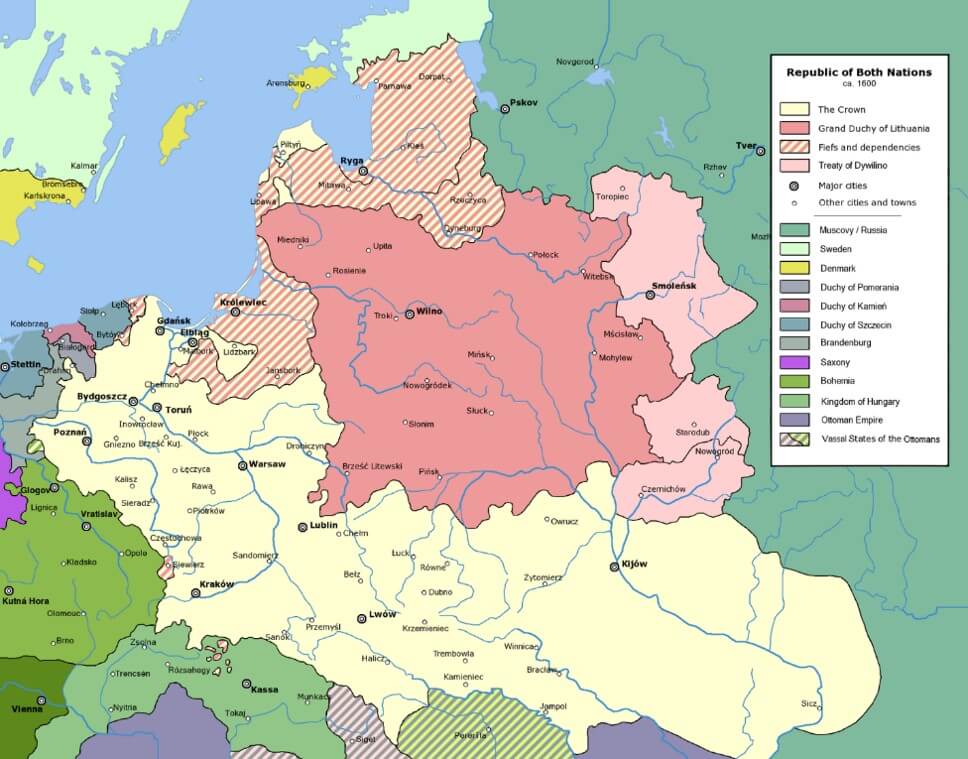


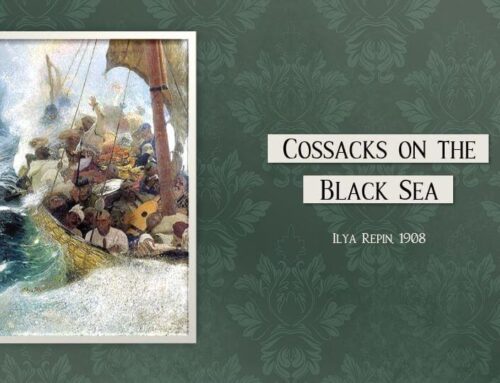
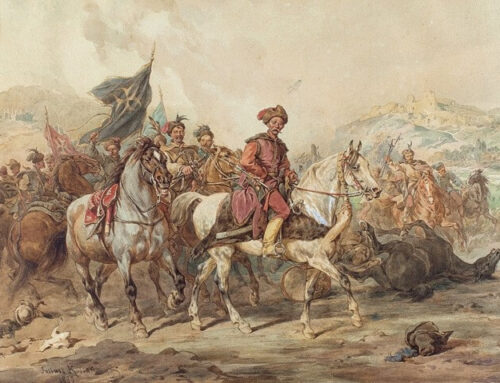
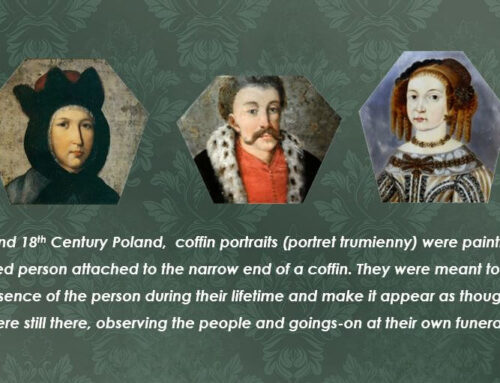
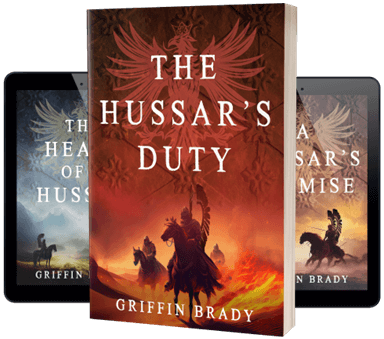

Leave A Comment